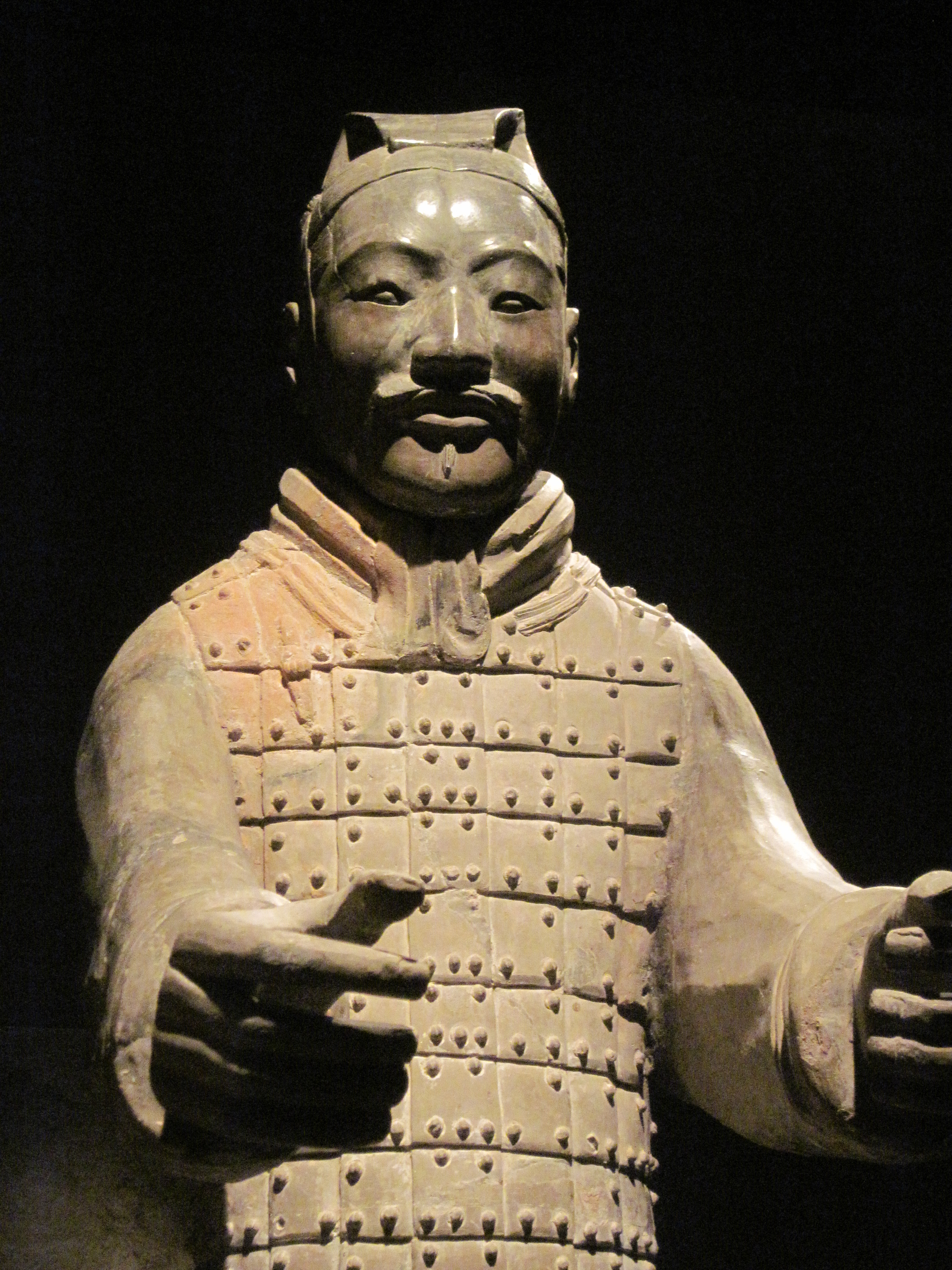Palace of First Chinese Emperor Unearthed

Chinese archaeologists have unearthed the palace of China's first feudal emperor, best known for the terracotta warrior army guarding his tomb.
The Chinese state media reports that archaeologists have excavated the palace complex of Qin Shihuang in Xi'an, China, site of the life-size terracotta soldiers. The palace consists of 10 courtyard buildings and one main building, the paper reported. The complex runs about 2,264 feet (690 meters) long and 820 feet (250 m) wide. The total area is about a quarter of the size of Beijing's Forbidden City, built in the 1400s.
Qin Shihuang was born in 259 B.C. as heir to the throne of Qin, one of the six kingdoms found in what is now China. At the age of 13, Qin Shihuang took over the throne of Qin. By 221 B.C., he had conquered and unified the six warring Chinese states into one Empire, which he ruled until his death in 210 B.C.
Qin Shihuang's mausoleum compound is the size of a small city, and records suggest he started building it as soon as he became emperor. The newly unearthed palace complex is within the sprawling tomb. It's far from the only archaeological marvel in the mausoleum: In 1974, farmers digging a well came across a life-size terracotta soldier in the dirt — one of an estimated 8,000 that Qin Shihuang had created to guard him in the afterlife. The terracotta warriors were declared a UNESCO World Heritage Site in 1987. Qin Shihuang also began constructing segments that would later be connected by future dynasties into the Great Wall. [In Photos: Amazing Ruins of the Ancient World]
Archaeologists told the Xinhua news agency that walls, sewers, doorways and rock roads were among the remains of the ancient palace. They have also found pottery and bricks. The layout of the palace matched other traditional Chinese structures, with a central axis lined up with a main building.
The main burial chamber of Qin Shihuang has yet to be excavated, as archaeologists worry that doing so without sufficient resources would do more harm than good. Reports written in the centuries after the emperor's death claim the burial chamber includes a map of Qin Shihuang's kingdom, including rivers of mercury. The ceiling is said to be encrusted with jewels.
The Qin dynasty was overthrown in 206 B.C., shortly after Qin Shihuang's death. The next dynasty, the Han, built on much of what the Qin dynasty had accomplished and lasted until A.D. 220.
Sign up for the Live Science daily newsletter now
Get the world’s most fascinating discoveries delivered straight to your inbox.
Follow Stephanie Pappas on Twitter @sipappas or LiveScience @livescience. We're also on Facebook & Google+.

Stephanie Pappas is a contributing writer for Live Science, covering topics ranging from geoscience to archaeology to the human brain and behavior. She was previously a senior writer for Live Science but is now a freelancer based in Denver, Colorado, and regularly contributes to Scientific American and The Monitor, the monthly magazine of the American Psychological Association. Stephanie received a bachelor's degree in psychology from the University of South Carolina and a graduate certificate in science communication from the University of California, Santa Cruz.









